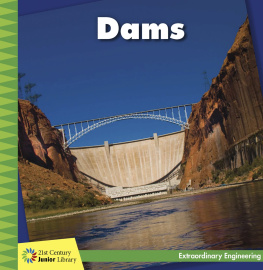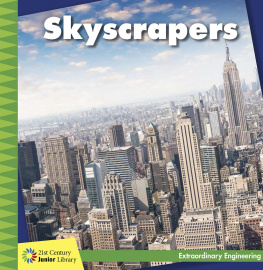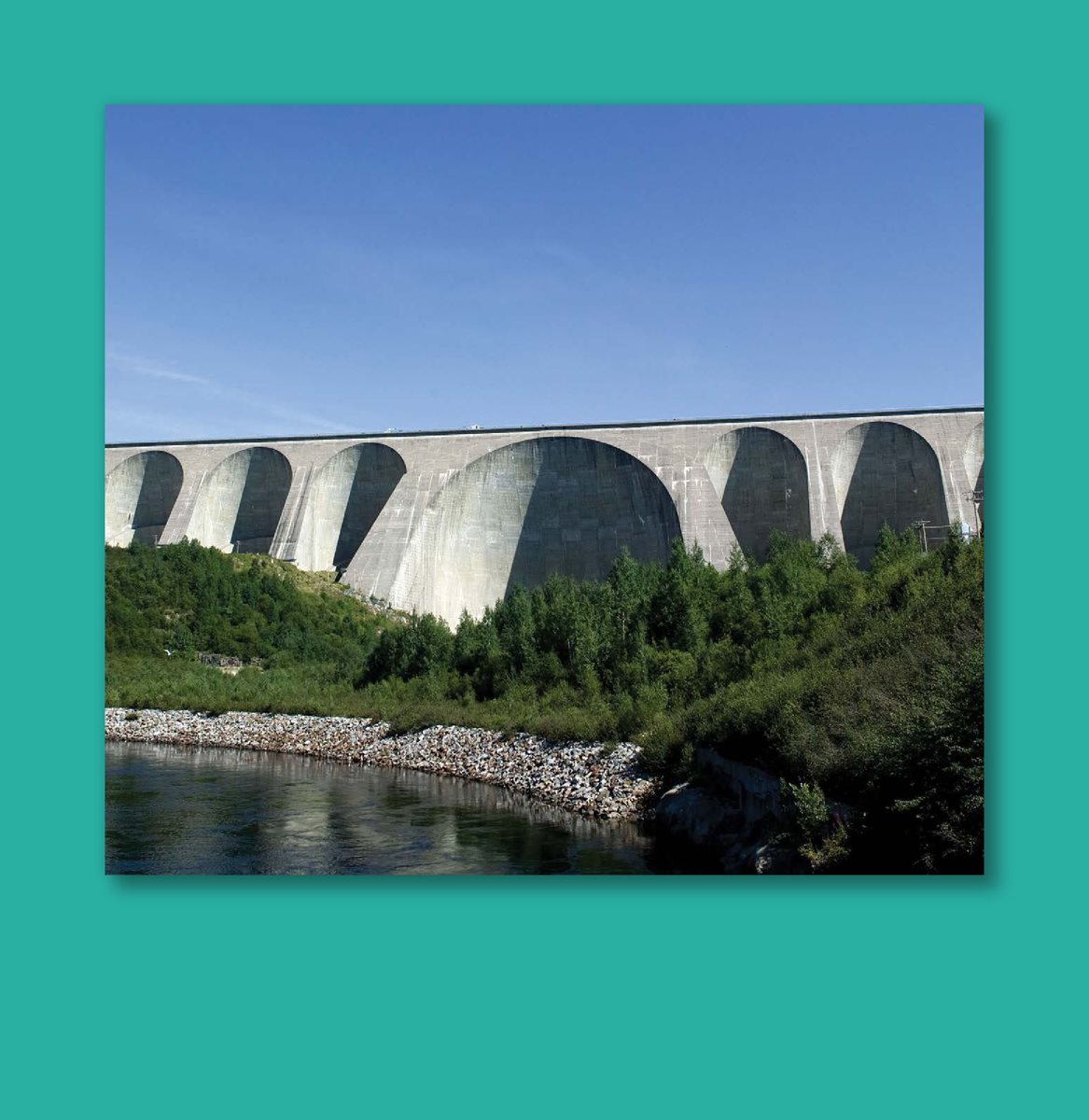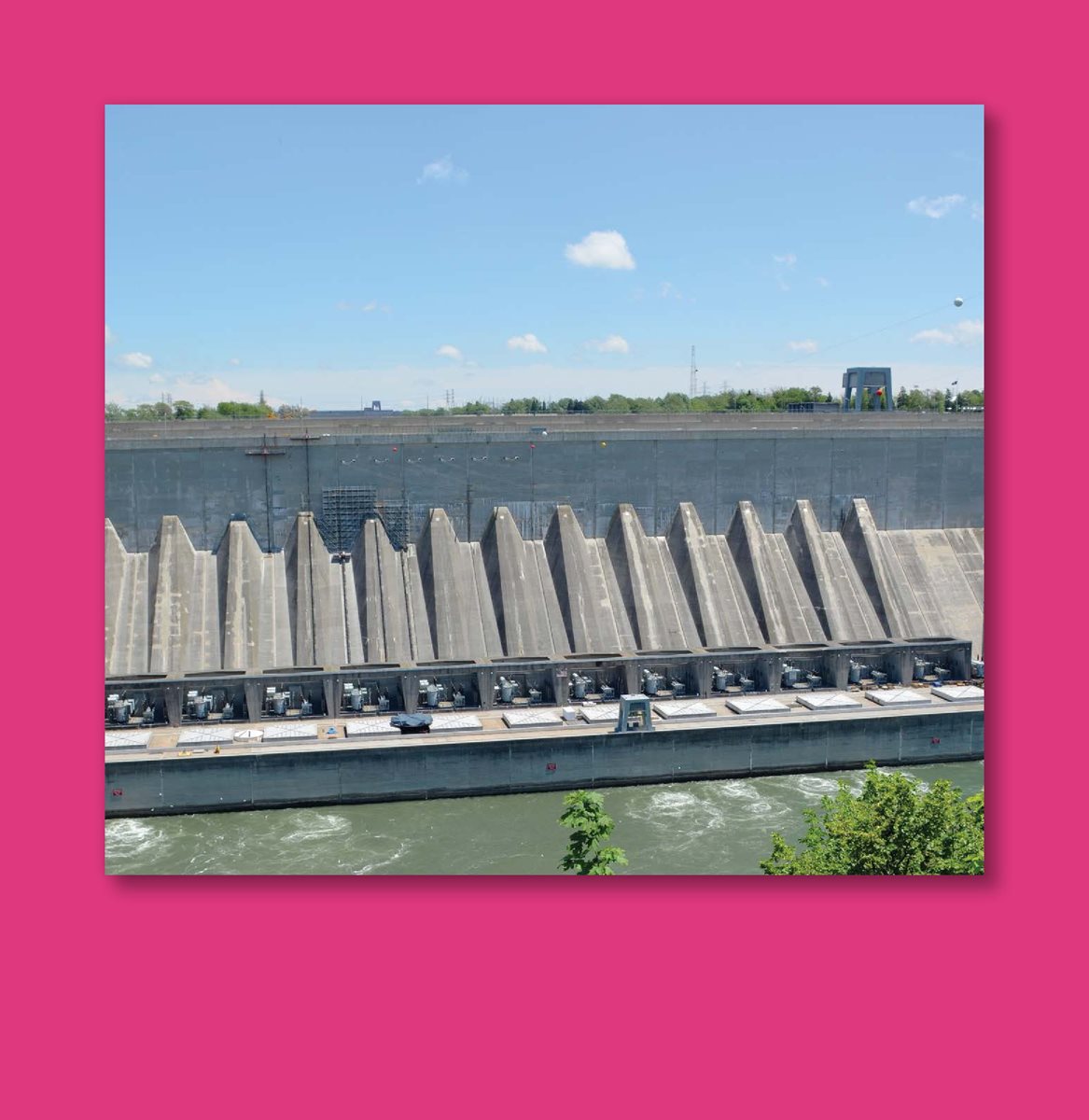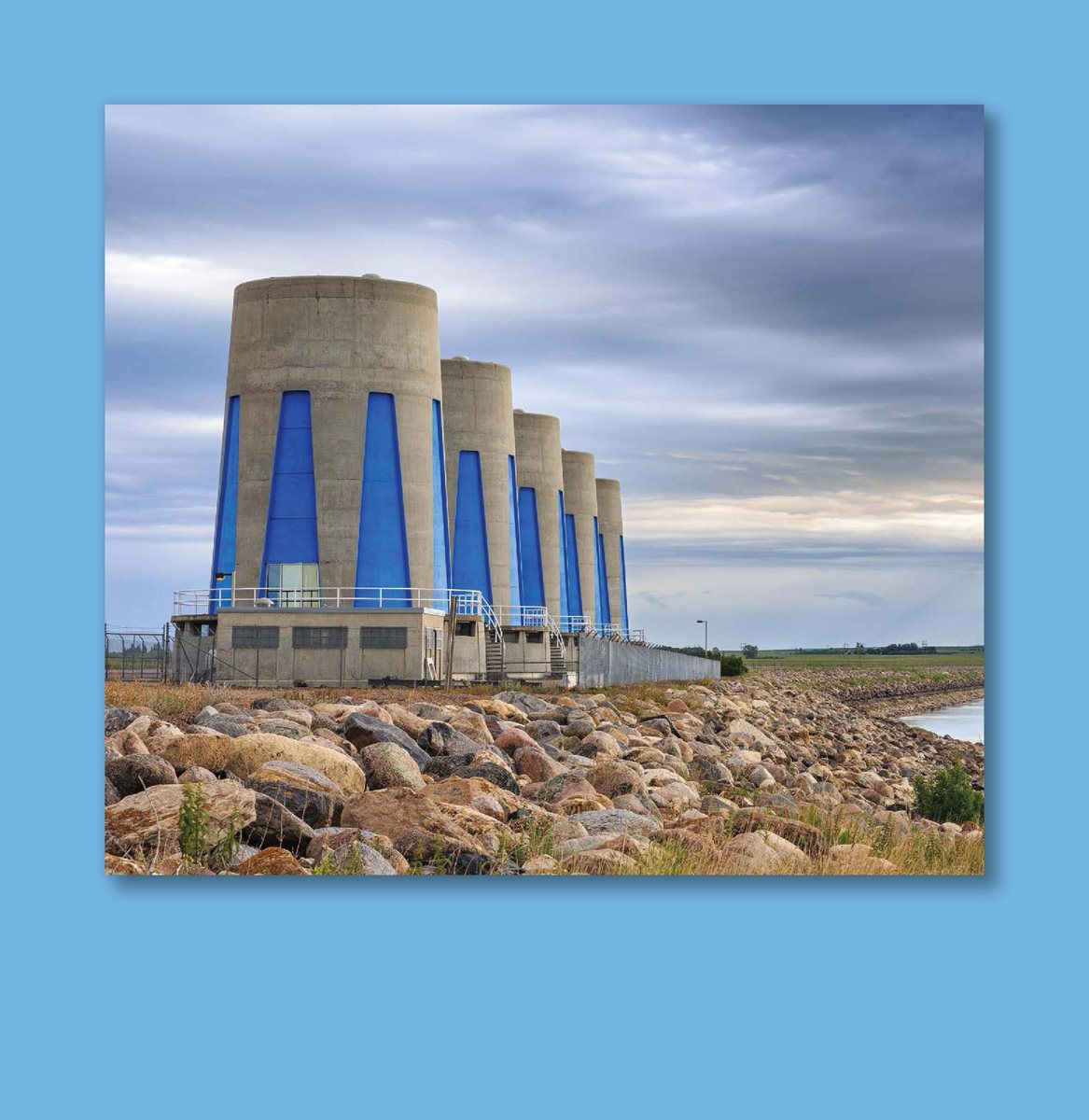Table of Contents
Guide


Published in the United States of America by
Cherry Lake Publishing
Ann Arbor, Michigan
www.cherrylakepublishing.com
Content Adviser: Dr. Todd Kelley, Associate Professor of Engineering/Technology Teacher Education, Purdue Polytechnic Institute,
West Lafayette, Indiana
Reading Adviser: Marla Conn MS, Ed., Literacy specialist, Read-Ability, Inc.
Photo Credits: Alex Papp/Shutterstock Images, cover; Johnny Adolphson/Shutterstock Images, 4; Charles
Knowles/Shutterstock Images, 6; curtis/Shutterstock Images, 8; National Geographic Creative/Alamy Stock Photo, 10;
SF photo/Shutterstock Images, 12; All Canada Photos/Alamy Stock Photo, 14; turtix/Shutterstock Images, 16;
shutterlk/Shutterstock Images, 18
Copyright 2017 by Cherry Lake Publishing
All rights reserved. No part of this book may be reproduced or utilized in any
form or by any means without written permission from the publisher.
Library of Congress Cataloging-in-Publication Data
Names: Loh-Hagan, Virginia, author.
Title: Dams / by Virginia Loh-Hagan.
Description: Ann Arbor : Cherry Lake Publishing, [2017] | Series: 21st century junior library. Extraordinary engineering |
Audience: K to grade 3. | Includes bibliographical references and index.
Identifiers: LCCN 2016032401| ISBN 9781634721639 (hardcover) | ISBN 9781634722957 (pbk.) |
ISBN 9781634722292 (pdf) | ISBN 9781634723619 (ebook)
Subjects: LCSH: DamsJuvenile literature. | DamsDesign and constructionJuvenile literature.
Classification: LCC TC540 .L64 2017 | DDC 627/.8dc23
LC record available at https://lccn.loc.gov/2016032401
Cherry Lake Publishing would like to acknowledge the work of The Partnership for 21st Century Learning.
Please visit www.p21.org for more information.
Printed in the United States of America
Corporate Graphics
ISBN-13: 978-1-68444-502-8 (e-book)
Synchred Read-Along Version by:
Triangle Interactive LLC
PO Box 573
Prior Lake, MN 55372
CONTENTS
9 How Do Buttresses
Push Back on Water?
13 How Does Gravity
Push Back on Water?
17 How Do Arches Push
Back on Water?
The top of a dam is called a crest.
What Are Dams?
Dams are human-designed barriers. They
stop water flow. They control water flow. They
support the water behind them. Water pushes
on dams. This force is called pressure .
The pressure is greater at the bottom. So,
engineers build dams in a triangle shape to
hold the pressure. Dams have thick bottoms
and thinner tops. Engineers solve problems
by thinking of many things. Dams must be
strong. They must be waterproof .
Most dams have spillways. They let water flow through.
Dams are built across streams or rivers.
Theyre often built in canyons . They create
a large pool of water. This pool is called a
reservoir . It stores water. Water can be
used for farming. It can be used for
drinking. It can be used to create power. It
can be used for fun. Dams also stop
flooding. They can be helpful.
Think!
Think about why some people dont like dams. Read about the
disadvantages of dams. Do you agree or disagree?
Broken dams follow the force of water.
How Do Buttresses
Push Back on
Water?
Water weighs a lot. It pushes forces
against dams. Dams must push back with
equal force. They must redirect the waters
force. They push it into the ground where it
can support the load. They push it into
canyon walls.
Engineers design dams to firmly connect
to the ground. This helps resist forces.
Sometimes, the ground isnt strong enough.
Engineers must make solid foundations .
The Daniel-Johnson Dam in Canada is a buttress dam made of concrete.
Buttress dams are a design option.
These dams have walls supported by
several buttresses. Theyre beams. They
add more weight to dams. They anchor
and brace dams. Theyre spaced apart.
Theyre placed on the opposite side of the
water. They push the waters forces to the
ground. They stop dams from tipping over.
They hold dams in place.
Look!
Look at a local dam. Where is it located? How big is it? What
materials is it made of? What type is it?
Gravity dams, like the one at the Robert Moses Niagara Hydroelectric
Power Station, need strong foundations.
How Does Gravity
Push Back on Water?
Gravity dams are made of concrete.
Theyre the largest dams. Theyre the
heaviest dams. Theyre the highest dams.
They have large bases. Their weight holds
back water. It also resists waters forces. It
pushes forces down to the ground. This
means these dams use their gravity. Gravity
is a strong force. It pushes weight
downward.
The Gardiner Dam in Canada is one of the worlds
largest embankment dams.

